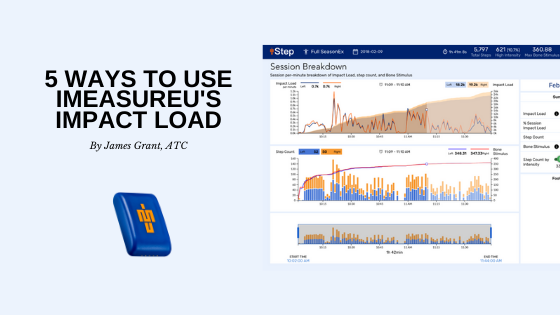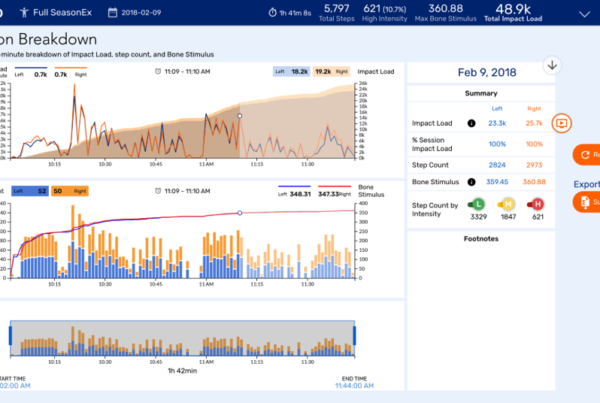By Andrew Wong.
Most Common Problems Faced By Coaches: Workload, Fatigue and Injury.
These are three problems professional athletes and trainers have faced for decades, with the biggest question being how can you accurately quantify each of them, and leverage that information to optimise training frequency and intensity for maximum performance. This concept spans all sporting codes, from sprinters wanting to run a quicker time to fast bowlers consistently bowling 150+ km/h over a season. Clearly, being injured means that your performance will be diminished, so being able to track and quantify workload and fatigue is imperative for the modern athlete to succeed on the world stage. So how do you fix the most destructive problems faced by coaches: workload, fatigue and injury.
As technology has developed, we have been able to measure workload using tools like GPS to measure distance, force plates to measure power and timing gates to measure speed. However, a lot of these tools can sometimes be inaccurate or restrictive in use (Conventional GPS cannot be used indoors, intermittent signal, force plates are very hard to transport, motion capture labs are very expensive, etc). GPS also treats the body as a single unit of mass, whereas we know that when we run and jump and move, our body is using hundreds of muscles and various limbs to do so. So what if we measured those individual limbs that generate motion, and together cumulatively create the action of throwing a ball or jumping a hurdle? Wouldn’t this help us paint a more accurate picture of fatigue and workload, by measuring the motion and loading of the important parts of the body?
Enter IMU. Using our sensors we can measure the difference in velocity generation between left and right limbs when sprinting, the loading of the lower limbs when running and jumping on a basketball court, or the difference in angular rotation between spine and shoulder when bowling a cricket ball. All of this information contributes to the workload of an athlete, and until now trainers haven’t had the technology that provides the resolution that IMU provides. High fidelity measurements are extremely important to help characterise explosive movements, with our sensor measuring accelerations up to 1000 times per second. It’s these micromovements and fast periods of high magnitude loading that all contribute to workload, and being able to measure and quantify those accurately is key.
By aggregating all the information we measure over weeks, months and years we hope to create a very accurate way of determining athlete workloads over a variety of sporting codes. Being able to time synchronise sources of information (e.g. multiple sensors) is also a very important concept, and it’s our ability to measure and combine sensor information in real time to create a better understanding of workload that is the real kicker in this problem of injury mitigation and fatigue management through technology.




